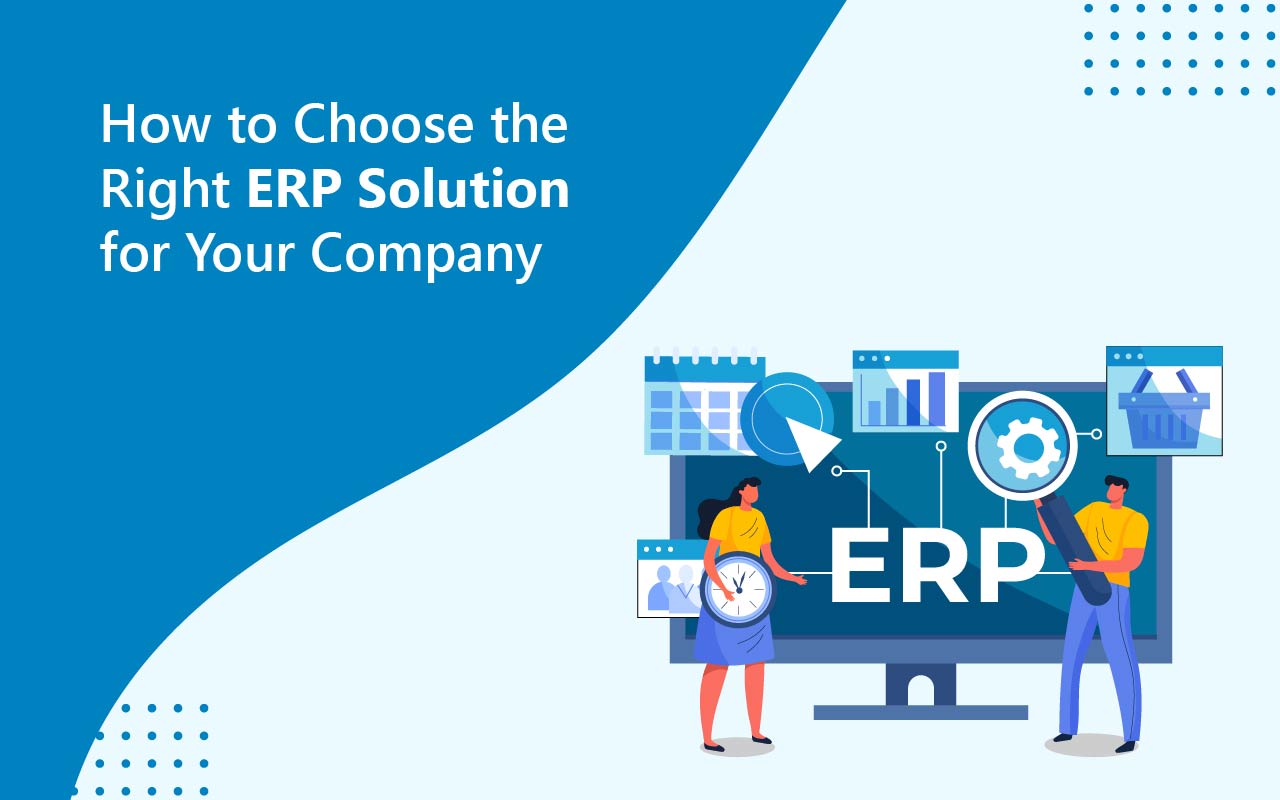Introduction
In today’s data-driven business landscape, organizations rely on business intelligence (BI) platforms to gain insights, make informed decisions, and drive growth. However, with a plethora of BI solutions available in the market, selecting the right platform can be a daunting task. From scalability and features to usability and cost, there are various factors to consider when choosing a BI platform that aligns with your organization’s needs and objectives. In this article, we will explore the key considerations for selecting a BI platform and provide guidance on navigating the options available.
Understanding Your Organization’s Needs
Before diving into the selection process, it’s crucial to understand your organization’s unique needs, goals, and challenges. Consider factors such as:
- Business Objectives: What are the key objectives and priorities driving your organization’s BI initiative? Whether it’s improving decision-making, increasing operational efficiency, or enhancing customer experience, aligning the BI platform with your business goals is essential.
- User Requirements: Who are the primary users of the BI platform, and what are their specific needs and preferences? Consider the technical expertise, roles, and responsibilities of users to ensure that the platform meets their requirements and facilitates user adoption.
- Data Sources and Integration: What types of data does your organization need to analyze, and where does this data reside? Assess the availability and accessibility of data sources, as well as the platform’s capabilities for data integration, cleansing, and transformation.
- Scalability and Flexibility: Is your organization’s data environment expected to grow and evolve over time? Choose a BI platform that can scale with your organization’s needs and accommodate future growth. Additionally, consider the platform’s flexibility in adapting to changing business requirements and workflows.
Key Considerations for Selecting a BI Platform
When evaluating BI platforms, consider the following key factors:
- Functionality and Features: Assess the platform’s functionality and features, such as data visualization, ad-hoc reporting, predictive analytics, and dashboard customization. Look for features that align with your organization’s specific requirements and use cases.
- Usability and User Experience: Evaluate the platform’s usability and user experience to ensure that it is intuitive and easy to use for both technical and non-technical users. Look for features such as drag-and-drop interfaces, interactive dashboards, and self-service capabilities that empower users to explore and analyze data independently.
- Integration and Compatibility: Consider the platform’s compatibility with your existing systems, databases, and applications. Ensure that the platform supports seamless integration with data sources, ETL tools, and other third-party applications to facilitate data flow and interoperability.
- Performance and Scalability: Evaluate the platform’s performance and scalability to handle large volumes of data and concurrent users. Consider factors such as processing speed, query performance, and scalability options such as cloud deployment and distributed architecture.
- Security and Compliance: Prioritize data security and compliance by assessing the platform’s security features, encryption protocols, access controls, and compliance certifications. Ensure that the platform meets industry standards and regulatory requirements such as GDPR, HIPAA, and PCI-DSS.
Conclusion
Choosing the right BI platform is a critical decision that can have a significant impact on your organization’s success. By understanding your organization’s needs, evaluating key factors such as functionality, usability, integration, performance, and security, you can make an informed decision that aligns with your business objectives and drives value. Remember to involve stakeholders from across the organization in the selection process to ensure buy-in and adoption of the chosen platform.
FAQs
Q: What are some common challenges organizations may encounter when selecting a BI platform?
A: Common challenges include lack of clarity around business objectives, difficulty in assessing platform features and capabilities, data integration complexities, budget constraints, and resistance to change among users. Overcoming these challenges requires careful planning, stakeholder engagement, and thorough evaluation of platform options.
Q: How can organizations ensure a smooth transition to a new BI platform?
A: Organizations can ensure a smooth transition by developing a comprehensive implementation plan that includes clear goals, timelines, and responsibilities. Provide training and support to users to familiarize them with the new platform and address any concerns or challenges. Additionally, establish metrics for measuring success and monitor progress throughout the transition process.
